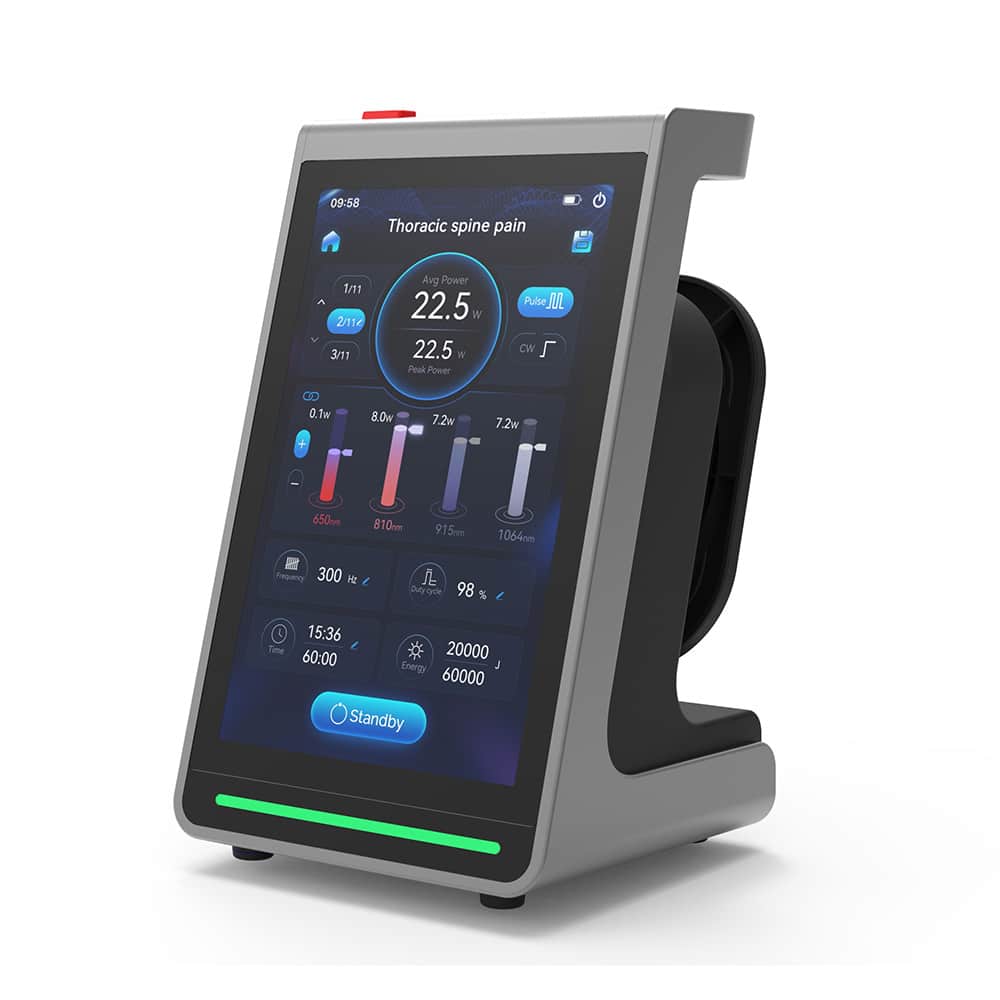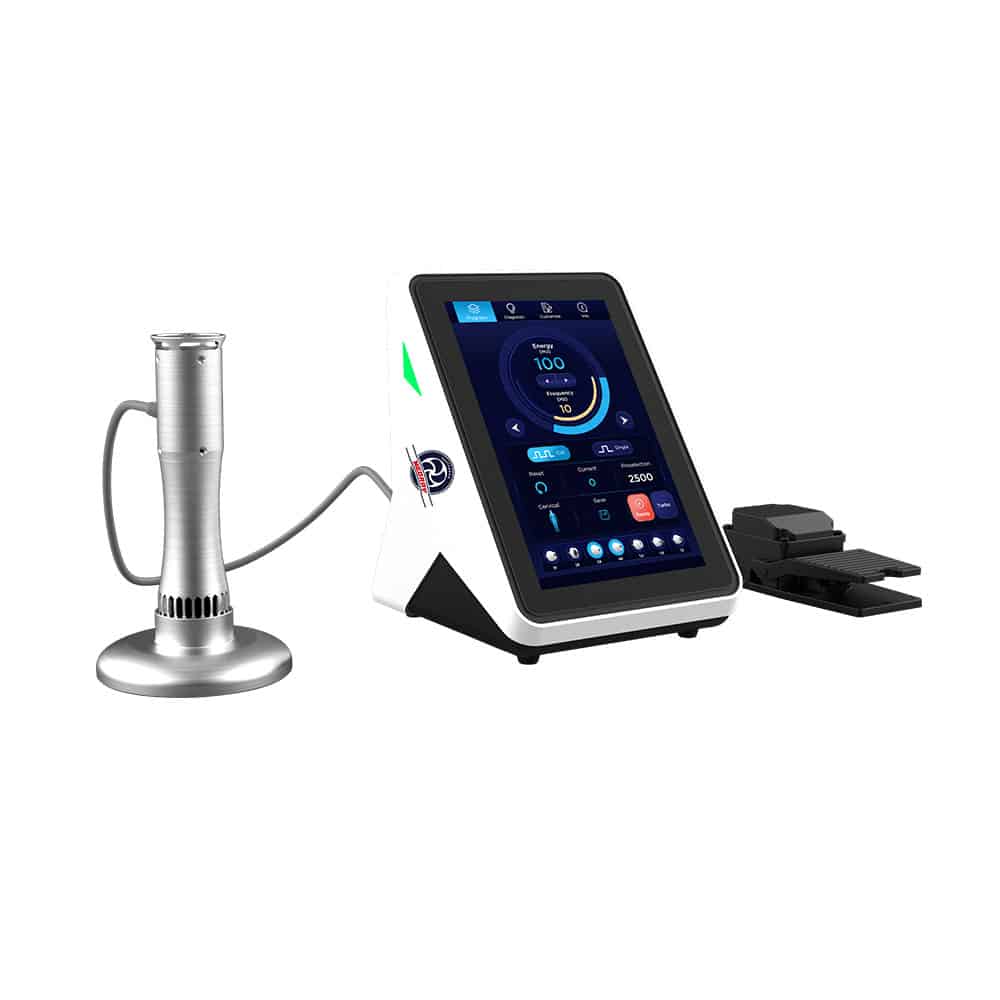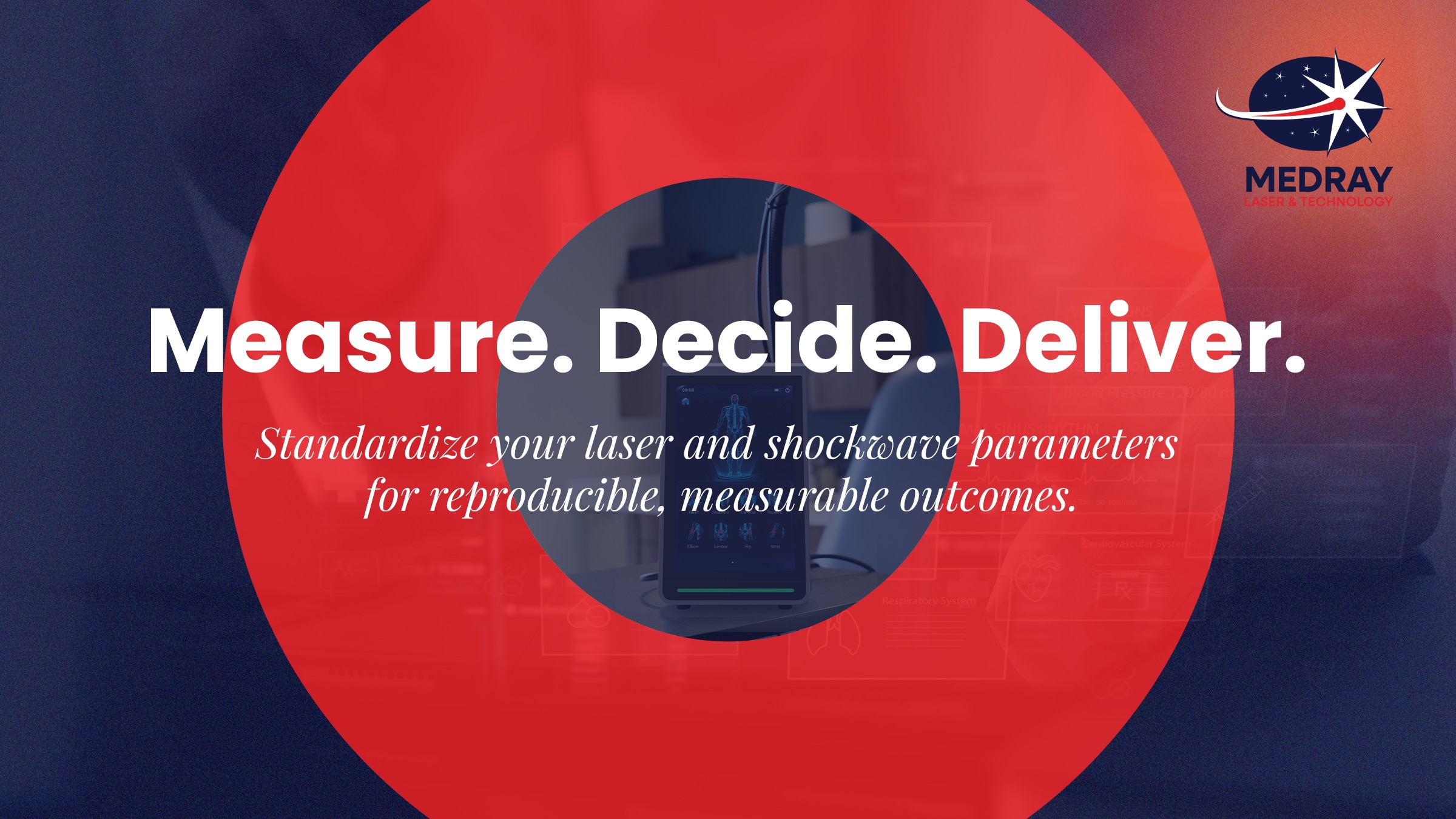How Can Clinics Optimize Laser Therapy Utilization Without Relying on Volume Targets?
In a well-run clinic, consistency in laser therapy delivery is not about performing more treatments—it’s about applying the right parameters to the right presentation at the right time. When dose delivery (parameter set + treatment window) and integration (placement + timing + team hand-offs) are consistent, utilization should reflect clinical appropriateness rather than volume-driven targets.
The key operational question becomes:
In which presentations and visit aims does this treatment block add measurable value within the window defined by the parameter set?
This approach ensures that every session contributes to therapeutic progress, documentation clarity, and sustainable clinic flow—without unnecessary interventions or schedule disruption.
What Does “Appropriateness” Mean in the Context of Laser Therapy?
Appropriateness begins with the visit’s intent and the patient’s clinical presentation. Laser therapy should be tied directly to explicit indications that align with both the clinic’s established parameter sets and the FDA-cleared uses of therapeutic lasers—namely, increased circulation, tissue stimulation, and pain relief.
If a visit plan includes a task limited by a focal, mechanically sensitive region—and the clinic’s parameter set for that region fits within the reserved window—then applying the block makes sense. Measure the same objective re-test (for example, range of motion or localized tissue response) to assess change.
Conversely, if the visit’s aim centers on tasks unlikely to benefit from photobiomodulation—or the scheduled time window would be better spent on another modality—it’s appropriate to omit it. This ensures schedule integrity, preserves decision quality, and builds clinician confidence in protocol-driven utilization.
How Should Shared Decisions Be Handled When a Procedure Is Not Covered?
- What the block involves for this visit
- How long it adds to the appointment
- What the optional fee may be
- And most importantly, that the care plan proceeds either way
This discussion should be concise and framed around the visit goal, not persuasion. Document the patient’s acceptance or declination in the same note location for consistency.
By standardizing the language and placement, clinics minimize variability and align discussions across providers—creating a more predictable patient experience and reducing compliance risk.
What Is an “Audit,” and Why Is It Valuable in High-Use Clinics?
In clinics where laser therapy or other adjunctive modalities are used frequently, implementing an audit ensures that utilization remains clinically justified and operationally efficient.
Two simple data points can guide this process:
-
Time Fidelity:
Compare the actual minutes added per session to the delivery window defined by the clinic’s parameter set.
- If the block consistently exceeds its allotted window, examine setup timing or parameter retrieval processes.
-
Decision Utility:
Review whether the designated re-test meaningfully influenced the next visit’s plan—such as continuing, adjusting, or omitting the dose or sequence.
- If the objective measure fails to inform next-visit decisions, refine the re-test criteria and keep it steady for a new cycle of visits.
Why Is This Approach Superior to Quota-Based or Volume-Driven Utilization?
By constraining use to clear indications, time control, and a single objective measure, utilization naturally stabilizes where the block adds clinical and operational value—and recedes where it does not.
This structure eliminates the need for quotas or persuasion-based care decisions. Instead, it creates:
- Predictable visit flow
- Interpretable documentation
- Repeatable, data-informed processes
As clinics standardize and stabilize these three controls, they can extend the same methodology to other “lanes” of care—whether for laser therapy, shockwave therapy, or manual modalities—without disrupting throughput or patient satisfaction.
This systematic approach positions laser therapy as a measured, evidence-informed component of the care model rather than an add-on or upsell, reflecting Medray’s philosophy of clinical integrity and measurable outcomes.
Can This Framework Be Applied Across Modalities (Like Shockwave Therapy) and Practice Types?
Absolutely. While this article focuses on laser therapy utilization, the same principles apply to other physiologic modalities such as shockwave, dual therapy, or hands-free laser systems.
In each case, the process is the same:
- Define the parameter set and window
- Clarify indications based on visit aims
- Measure objective re-tests
- Track time and decision fidelity
Why This Matters for Modern Healthcare Practices
In today’s data-driven environment, clinics are expected to demonstrate not just that a modality works, but when and why it’s applied. Laser therapy, when structured with these utilization controls, represents a model of how to balance clinical freedom with system accountability.
Ultimately, this framework ensures that utilization reflects appropriateness and patient benefit—not productivity metrics—resulting in better communication between clinicians, staff, and patients alike.
Explore our Class 4 Lasers and Shockwave Therapy Device
Laser

Explore Medray’s Class 4 Lasers
Medray’s Class 4 therapeutic lasers are designed to support circulation, tissue stimulation, and pain relief through a streamlined, repeatable workflow. Discover how laser therapy integrates seamlessly into busy clinics while providing a contact-free option for sensitive presentations.
Shockwave

Explore Softshock 2.0 (RPW)
Support for laser and shockwave utilization integrity
Take the Next Step Toward Appropriate, Data-Driven Care
Ensure every laser and shockwave session in your clinic adds measurable value—within the right window, for the right indication. Medray helps teams align utilization with clinical appropriateness, transparent decision-making, and reproducible outcomes.
Call us at (573) 745-1086 or visit our Contact Us page to schedule a utilization and shared decision-making walkthrough for your team.
Medray Laser & Technology manufactures and distributes FDA-cleared medical devices designed to support circulation, tissue stimulation, and pain relief. Our products are intended for use by licensed healthcare professionals. While clinical research and practitioner experience support the use of laser and radial pressure wave (RPW) therapy in various applications, some uses described in this article may be considered off-label and are not explicitly cleared by the FDA. Patients should consult their healthcare provider to determine the best treatment for their individual needs. The information provided in this article is for educational purposes only and should not be considered medical advice or a substitute for consultation with a licensed medical professional.
Educational content is for licensed healthcare providers and may include discussion of clinical uses not cleared by the FDA. Provided for scientific exchange and not intended as promotional.
The FDA has cleared therapeutic lasers and shockwave devices for increasing circulation, tissue stimulation, and pain relief. Some of the use cases described in this article reflect how clinicians may apply shockwave therapy in practice, based on peer-reviewed research. This information is provided for educational purposes only and does not imply FDA clearance or approval for specific conditions.
